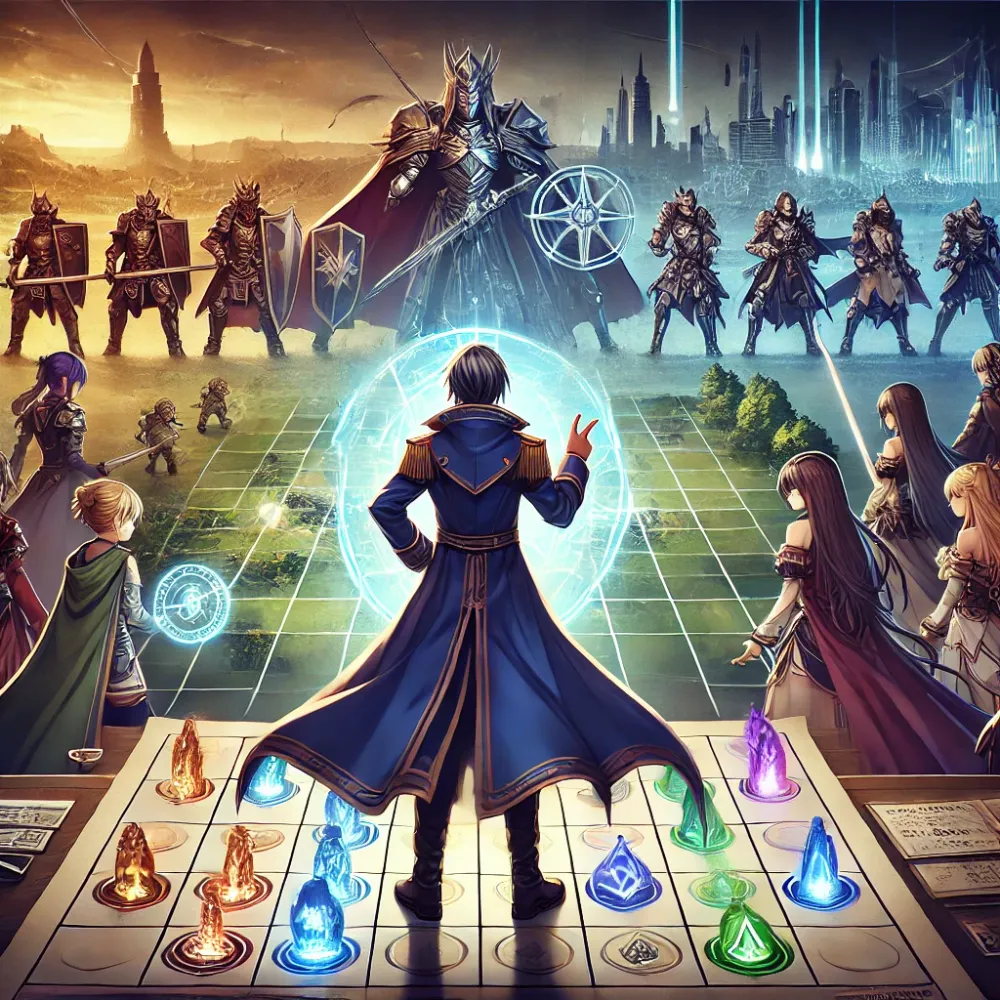Exploring the role of Role-Playing elements in atrategy games
Incorporating role-playing elements into strategy games has led to the emergence of the tactical role-playing game (RPG) genre, enriching gameplay by combining strategic planning with character development and immersive storytelling.
Defining tactical Role-Playing games
Tactical RPGs, also known as strategy RPGs, blend traditional role-playing game mechanics with strategic, grid-based combat systems. Players control a party of characters, each with unique abilities and classes, navigating through complex narratives and engaging in tactical battles (Wikipedia).
Enhancing storytelling and player engagement
The integration of role-playing elements in strategy games enhances storytelling by allowing players to:
- Develop characters: Customize and evolve characters' skills, classes, and equipment, fostering a deeper connection and investment in their progression.
- Make narrative choices: Influence the game's storyline through decisions that affect character relationships and plot outcomes, leading to multiple endings and replayability.
- Experience immersive worlds: Engage with richly detailed game worlds where strategic decisions and character interactions drive the narrative forward.
Notable examples of tactical RPGs
Several games exemplify the successful fusion of role-playing and strategy elements:
- Final Fantasy Tactics (1997): A title that introduced deep character customization through its Job System and intricate, politically charged storytelling (Ranker).
- Fire Emblem series: Known for its compelling narratives and permadeath feature, which adds weight to strategic decisions and character relationships (IGN).
- Triangle Strategy (2022): Combines tactical combat with a branching narrative influenced by player choices, emphasizing moral dilemmas and political intrigue (Wikipedia).
Benefits of Role-Playing elements in strategy games
- Increased depth: Role-playing elements add layers of complexity, requiring players to consider character development alongside tactical planning.
- Enhanced replayability: Diverse character builds and narrative choices encourage multiple playthroughs, as players explore different strategies and story outcomes.
- Emotional investment: Developing and guiding characters through challenges fosters a stronger emotional connection, making victories more rewarding and losses more impactful.
Design considerations for developers
When integrating role-playing elements into strategy games, developers should consider:
- Balance: Ensure that character progression and strategic gameplay complement each other without one overshadowing the other.
- Narrative integration: Seamlessly weave character development and story progression into the strategic framework to maintain player immersion.
- Accessibility: Provide tutorials and adjustable difficulty settings to accommodate both newcomers and veterans of the genre.
The fusion of role-playing elements with strategy gameplay has created a dynamic and engaging genre that appeals to a wide range of players. By allowing for deep character development, complex narratives, and strategic depth, tactical RPGs offer rich and immersive gaming experiences.




